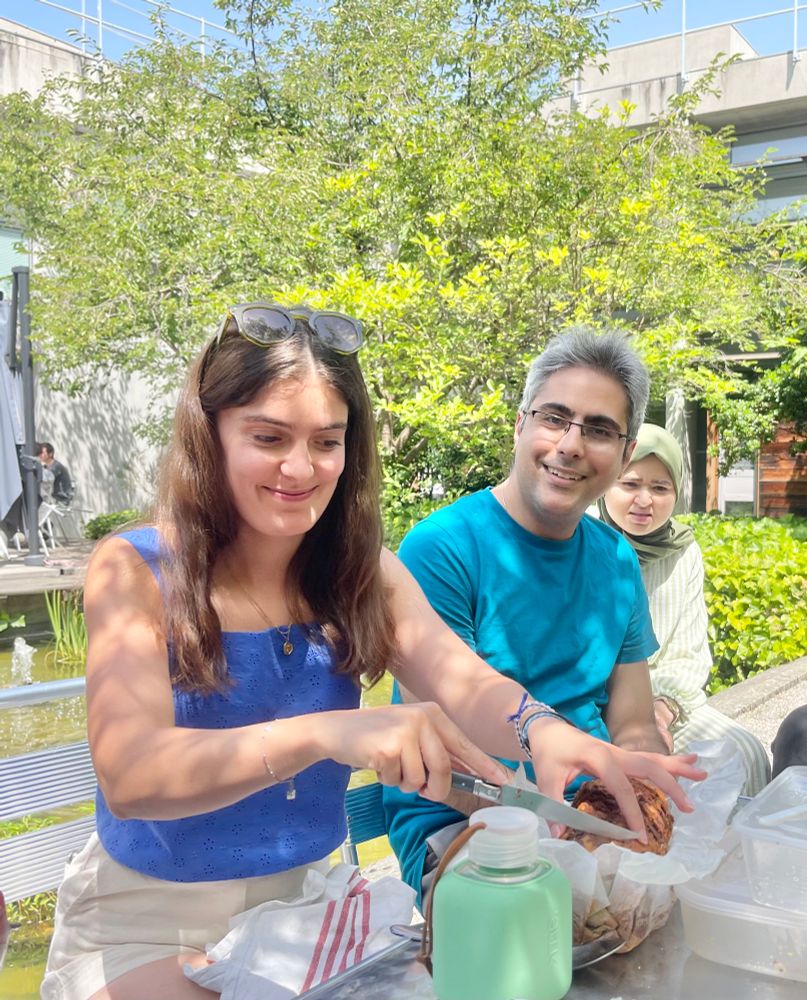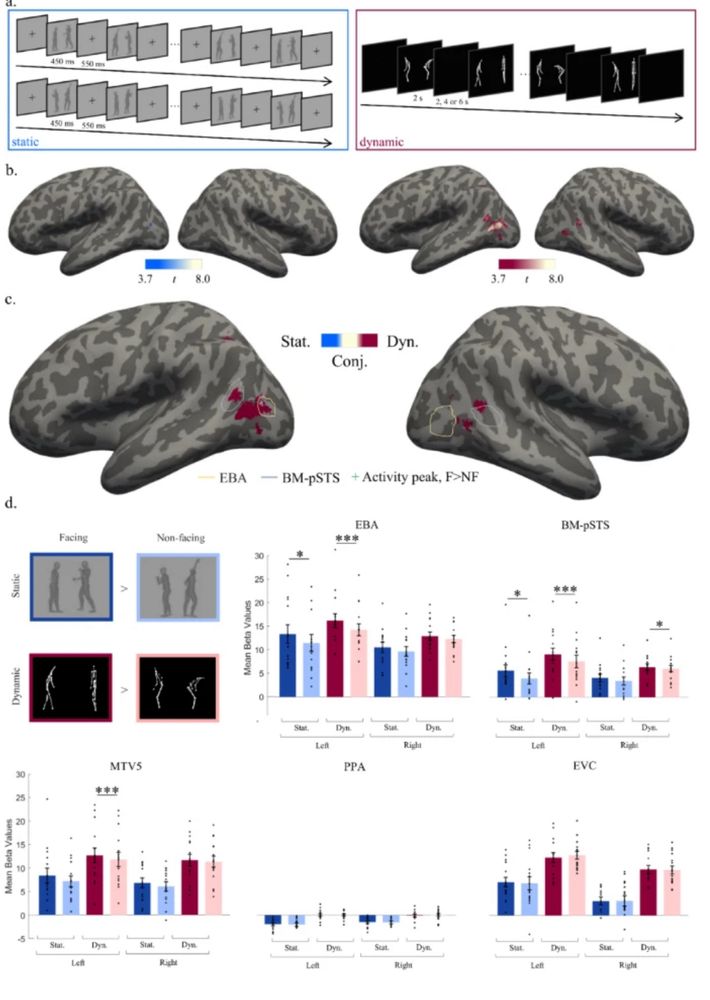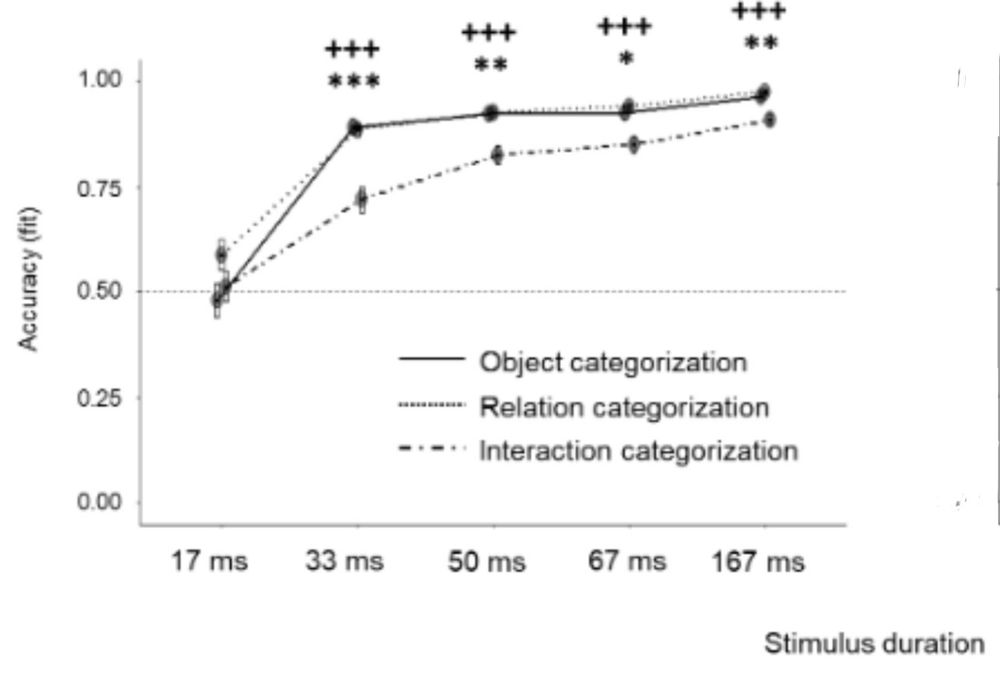
Liuba Papeo
@ljubapi.bsky.social
Neuroscientist @CNRS | @ERCgrantees | interested in how humans perceive humans and understand their actions and interactions | in literature fiction and fashion 🍸
It’s already begun. The increase in the number of applications for European fellowships, grants and positions from
US-based candidates is massive!
US-based candidates is massive!
November 5, 2025 at 8:35 PM
It’s already begun. The increase in the number of applications for European fellowships, grants and positions from
US-based candidates is massive!
US-based candidates is massive!
And here is Violette Munin celebrating her first first author paper with a wonderful marble cake 😍

July 17, 2025 at 6:32 PM
And here is Violette Munin celebrating her first first author paper with a wonderful marble cake 😍
If you are aware of any relevant study that is missing, let us know and we’ll update the table! 😊
July 17, 2025 at 6:32 PM
If you are aware of any relevant study that is missing, let us know and we’ll update the table! 😊
The paper includes a table reviewing available fMRI studies on social interaction perception, organized according to stimulus modality (dynamic vs. static) and content (just facing bodies vs. meaningful interaction), which reveals interesting patterns
www.nature.com/articles/s41...
www.nature.com/articles/s41...
Table 1 Papers (ordered by stimulus modality, regions activated and lateralization of the activations) documenting social interaction selectivity in lateral visual areas, using static or dynamic repre...
www.nature.com
July 17, 2025 at 6:32 PM
The paper includes a table reviewing available fMRI studies on social interaction perception, organized according to stimulus modality (dynamic vs. static) and content (just facing bodies vs. meaningful interaction), which reveals interesting patterns
www.nature.com/articles/s41...
www.nature.com/articles/s41...
• Seeing two bodies face-to-face is sufficient to trigger the social interaction network, with effects that are strongly left lateralized (see also www.cell.com/current-biol... )

Converging evidence that left extrastriate body area supports visual sensitivity to social interactions
Gandolfo et al. use a combination of correlational (fMRI) and causal (TMS) methods
to show that activity in the left extrastriate body area (lEBA) is required to efficiently
perceive face-to-face huma...
www.cell.com
July 17, 2025 at 6:32 PM
• Seeing two bodies face-to-face is sufficient to trigger the social interaction network, with effects that are strongly left lateralized (see also www.cell.com/current-biol... )
Two key findings:
• Key regions of the social-interaction network (pSTS, EVA and MT) show selectivity to social interaction also when depicted in static images. Thus, motion is not necessary to trigger the social interaction network
• Key regions of the social-interaction network (pSTS, EVA and MT) show selectivity to social interaction also when depicted in static images. Thus, motion is not necessary to trigger the social interaction network

July 17, 2025 at 6:32 PM
Two key findings:
• Key regions of the social-interaction network (pSTS, EVA and MT) show selectivity to social interaction also when depicted in static images. Thus, motion is not necessary to trigger the social interaction network
• Key regions of the social-interaction network (pSTS, EVA and MT) show selectivity to social interaction also when depicted in static images. Thus, motion is not necessary to trigger the social interaction network
The paper includes an internal replication of the effects and a set of interesting analysis in the supplementary material, which nicely support the conclusions of the study.
May 21, 2025 at 12:00 PM
The paper includes an internal replication of the effects and a set of interesting analysis in the supplementary material, which nicely support the conclusions of the study.
Two main observations:
1. A striking parallel between object and relation categorization suggests that relations between objects are extracted as rapidly as categorical object information;
2. Representations of objects and relations are the building blocks of scene recognition
1. A striking parallel between object and relation categorization suggests that relations between objects are extracted as rapidly as categorical object information;
2. Representations of objects and relations are the building blocks of scene recognition
May 21, 2025 at 12:00 PM
Two main observations:
1. A striking parallel between object and relation categorization suggests that relations between objects are extracted as rapidly as categorical object information;
2. Representations of objects and relations are the building blocks of scene recognition
1. A striking parallel between object and relation categorization suggests that relations between objects are extracted as rapidly as categorical object information;
2. Representations of objects and relations are the building blocks of scene recognition
We found that it takes no longer to access the category of objects (people vs other) in a scene, than to access the relation between them (facing vs non-facing), while recognizing their (inter)action (fight or dance) takes significantly longer.

May 21, 2025 at 12:00 PM
We found that it takes no longer to access the category of objects (people vs other) in a scene, than to access the relation between them (facing vs non-facing), while recognizing their (inter)action (fight or dance) takes significantly longer.

